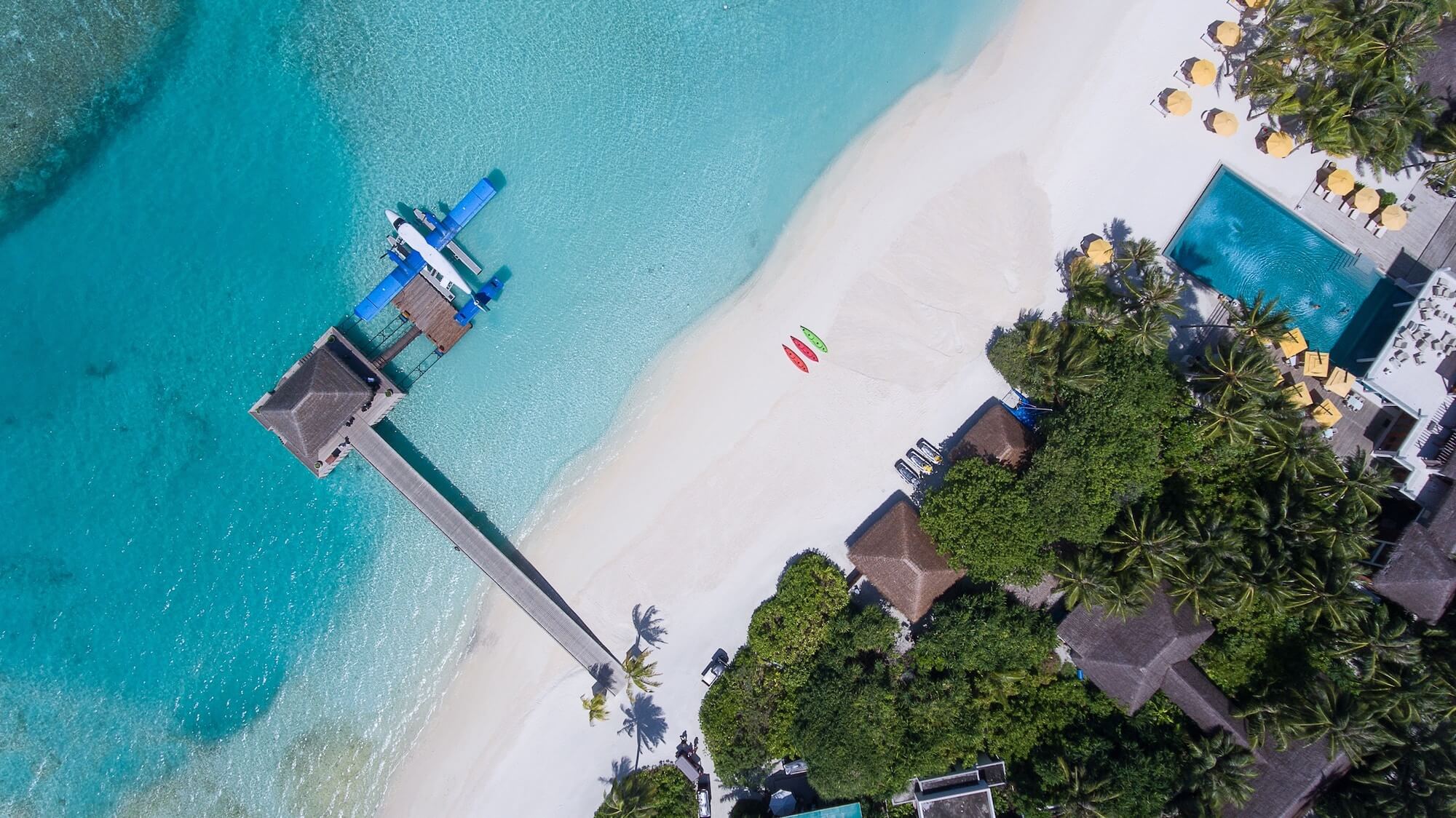Planning a corporate retreat is more than just choosing a destination—it’s about creating an experience that strengthens teams, fosters innovation, and leaves a lasting impact. Over the years, I’ve learned that the most successful retreats come down to thoughtful planning and the right balance of structure and spontaneity. Here’s how I approach it:
1. Get Clear on the Purpose
Before diving into logistics, I always start by asking: What’s the goal of this retreat? Is it about leadership development, team bonding, strategic planning, or simply giving the team space to reset and recharge? When the purpose is clear, everything else—location, activities, and agenda—naturally falls into place. A great retreat is intentional, blending work, connection, and relaxation in a way that feels seamless.
2. Set a Clear Budget
Budget is one of the biggest factors that shape a retreat. I always decide upfront whether I’m working with an overall budget or a per-person budget, which helps determine accommodation, meals, activities, and travel logistics. It’s also important to factor in hidden costs like transfers, gratuities, and a buffer for unexpected expenses. Having a solid financial plan ensures a high-end experience without any surprises.
3. Choose the Right Location
The setting plays a huge role in the energy of the retreat. Do I want a remote nature escape for deep thinking, a luxury resort with high-end amenities, or a culturally immersive destination that sparks creativity? I also consider travel time, accessibility, and whether the location naturally supports the retreat’s goals. The right environment can make all the difference.

4. Decide on the Retreat Style & Theme
Once the dates, location, and group size are set, I focus on the style of the retreat. Will this be an adventure-driven retreat with outdoor challenges, a wellness and relaxation experience with mindfulness and spa treatments, or a culture and connection retreat where the team engages with local traditions? This decision sets the tone and ensures the experience aligns with what the group needs most.
5. Engage a Retreat Planner Once the Basics Are Set
Once the key details are in place, I always bring in an experienced retreat planner to handle logistics, curate experiences, and ensure smooth execution. This takes the stress off my plate and allows me to focus on the retreat’s impact rather than getting caught up in the details. A great planner brings insider knowledge, unlocking unique venues and experiences that make the retreat truly unforgettable.
6. Plan a Balanced Itinerary—But Leave Room for Magic
I’ve learned that the best retreats strike the perfect balance between structure and flexibility. While I create a clear itinerary with key sessions and activities, I always leave room for unstructured conversations, spontaneous team bonding, and surprise elements. Some of the most memorable moments happen when people have the freedom to connect naturally, so I make sure the retreat allows space for those moments to unfold.
Final Thoughts
Planning a corporate retreat is about creating an experience that inspires, aligns, and energizes a team. By defining the purpose, setting a clear budget, choosing the right location, crafting a meaningful theme, working with a retreat planner, and allowing space for spontaneity, I ensure that each retreat delivers lasting impact.
Are you ready to create an unforgettable corporate retreat?
Lets chat Stephanie@ThiveCollection.com.au

